Table of content
Introduction
The allure of a bursting cake lies not just in its moist sponge or elegant design but in the dramatic, mouthwatering moment when its liquid center spills forth with each slice. At the heart of this sensory experience is the “浆” (filling), a carefully engineered mixture that balances texture, flavor, and stability. Whether you’re a home baker aiming to impress or a professional pastry chef refining your craft, understanding how to create the perfect bursting filling is a game-changer. This article delves into the science and creativity behind crafting fillings that ooze decadence, exploring ingredients, techniques, and troubleshooting to ensure your cakes deliver that iconic “爆浆” effect every time.
The Science Behind Bursting Fillings
Bursting fillings are typically semi-liquid to liquid at room temperature but thicken slightly when chilled, allowing them to hold their shape until sliced. The key lies in achieving the right viscosity—too thick, and the filling won’t flow; too thin, and it may soak into the cake or leak prematurely. Common filling types include:
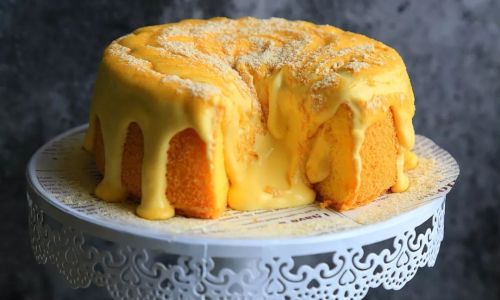
- Custard-based fillings (e.g., pastry cream, crème anglaise)
- Chocolate ganache (dark, milk, or white)
- Fruit coulis or compote
- Caramel or salted caramel sauce
- Mousse or Bavarian cream
Each type requires a unique approach to texture and stability. For instance, custards rely on starches or eggs for thickening, while ganache uses chocolate’s emulsifying properties. Understanding these foundations will help you adapt recipes to suit your vision.
Essential Ingredients and Tools
Ingredients:
- Liquid Base: Milk, cream, fruit purees, or liquor (e.g., Baileys, rum).
- Thickeners: Cornstarch, flour, gelatin, agar-agar, or egg yolks.
- Flavorings: Vanilla, cocoa powder, citrus zest, or extracts.
- Sweeteners: Sugar, honey, or maple syrup.
- Emulsifiers: Chocolate (for ganache), eggs, or lecithin.
Tools:
- Thermometer: Critical for temperature-sensitive fillings like ganache or caramel.
- Sieve: To ensure lump-free custards.
- Piping Bags: For precise filling injection.
- Cake cores or syringes: To create cavities for liquid fillings.
Step-by-Step Guide to Crafting Perfect Fillings
A. Classic Vanilla Pastry Cream (Crème Pâtissière)
Ideal for éclairs, tarts, and layered cakes.
Ingredients:
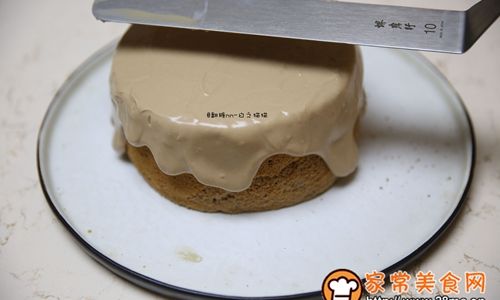
- 2 cups whole milk
- ½ cup granulated sugar
- 4 large egg yolks
- ¼ cup cornstarch
- 2 tbsp unsalted butter
- 1 tsp vanilla extract
Method:
- Heat the milk: In a saucepan, warm milk and half the sugar until steaming.
- Whisk egg mixture: In a bowl, whisk egg yolks, remaining sugar, and cornstarch until pale.
- Temper eggs: Slowly pour half the hot milk into the egg mixture, whisking constantly.
- Cook: Return to the saucepan and cook over medium heat, stirring continuously, until thickened (160–170°F/71–77°C).
- Finish: Remove from heat, stir in butter and vanilla, then strain through a sieve. Cover with plastic wrap (touching the surface) to prevent skinning. Chill for at least 2 hours.
Pro Tip: For a lighter texture, fold in whipped cream once chilled.
B. Silky Chocolate Ganache
Perfect for molten lava cakes or dripping effects.
Ingredients:
- 8 oz dark chocolate (70%), chopped
- 1 cup heavy cream
- 1 tbsp light corn syrup (for shine)
Method:
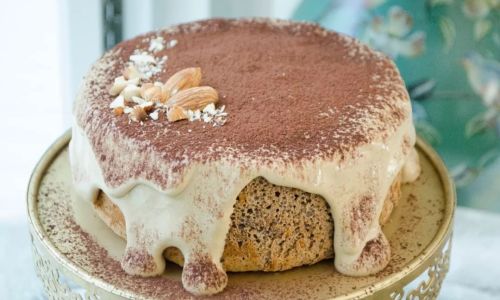
- Heat cream: In a saucepan, bring cream to a simmer.
- Melt chocolate: Pour hot cream over chocolate in a bowl. Let sit for 2 minutes, then whisk until smooth.
- Add corn syrup: Stir in for gloss.
- Set: Chill until thickened but pourable (1–2 hours).
Variations:
- White Chocolate Ganache: Use 6 oz white chocolate and ½ cup cream.
- Spiked Ganache: Add 1–2 tbsp liquor (e.g., Grand Marnier) after melting.
C. Fruit Compote Filling
Great for berry or citrus-flavored cakes.
Ingredients:
- 2 cups fresh/frozen berries (e.g., strawberries, raspberries)
- ¼ cup granulated sugar
- 1 tbsp lemon juice
- 1 tsp cornstarch (mixed with 1 tbsp water)
Method:
- Cook fruit: In a saucepan, simmer berries, sugar, and lemon juice until softened (5–7 minutes).
- Thicken: Stir in cornstarch slurry and cook until glossy.
- Chill: Cool completely before using.
Pro Tip: For a smoother texture, purée and strain before thickening.
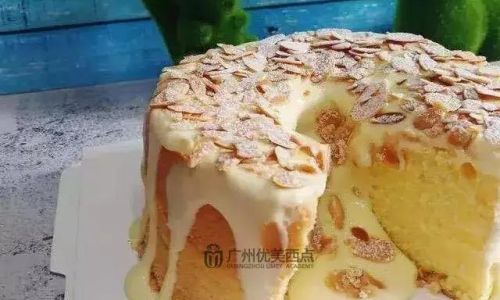
Achieving the Perfect Consistency
- Temperature Control: Chill fillings until firm but still spreadable. Overchilling may make them too stiff.
- Thickening Agents: Adjust cornstarch or gelatin quantities based on desired flow. For example, add 1 tsp gelatin (softened in water) to pastry cream for extra stability.
- Testing the Flow: Drop a spoonful of filling onto a plate. If it holds its shape for 5 seconds before spreading slightly, it’s ready.
Injecting and Layering Techniques
- Cake Coring: Use an apple corer or piping tip to remove a cylinder from the center of the cake. Fill the cavity with chilled filling.
- Layering: For multi-layer cakes, alternate cake layers with filling using a piping bag to create even distribution.
- Drizzle Effect: For ganache or caramel, pour warm filling over the cake and let it drip down the sides.
Troubleshooting Common Issues
- Filling Too Runny:
- Add 1–2 tsp cornstarch to custards and reheat.
- For ganache, melt and add more chocolate.
- Filling Curdled:
- For custards, whisk vigorously over low heat until smooth.
- For ganache, add a splash of hot cream and whisk.
- Filling Not Bursting:
- Ensure the filling is chilled but not frozen.
- Use a sharp knife to warm the cake slightly before slicing.
Creative Flavor Combinations
- Exotic Twists: Mango-passionfruit compote, matcha-white chocolate ganache.
- Boozy Fillings: Espresso-Kahlua pastry cream, bourbon-pecan caramel.
- Savory Options: Herbed goat cheese mousse, sun-dried tomato coulis (for dessert-adjacent cakes).
Storage and Safety
- Refrigeration: Most fillings last 3–5 days chilled.
- Freezing: Avoid freezing custard-based fillings, as they may separate. Ganache freezes well for up to 2 months.
- Food Safety: Use pasteurized eggs for raw custards.
Conclusion
Crafting the perfect bursting cake filling is a blend of precision and creativity. By mastering the balance of ingredients, temperatures, and techniques, you can create fillings that captivate both the eye and the palate. Experiment with flavors, textures, and presentations to make each cake a unique masterpiece. Remember, practice is key—the more you refine your skills, the more confidently you’ll achieve that coveted “爆浆” moment. So, preheat your oven, gather your ingredients, and let your imagination flow!

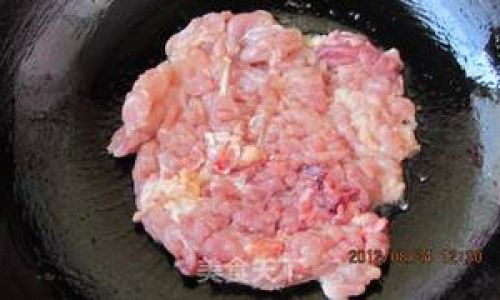
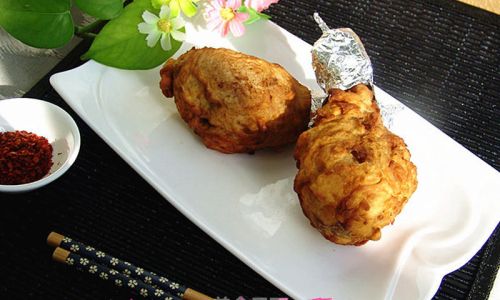

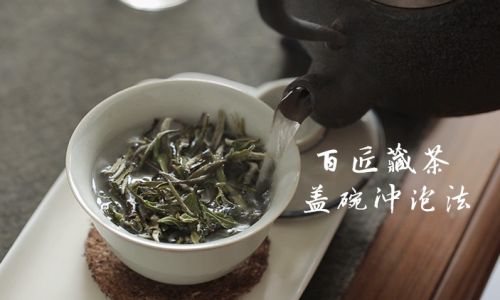
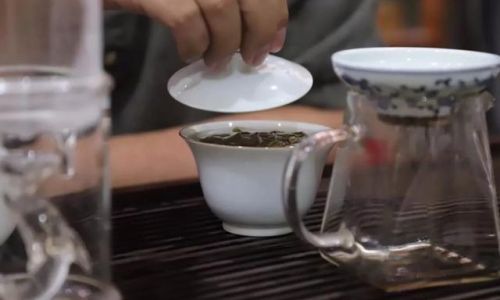
0 comments